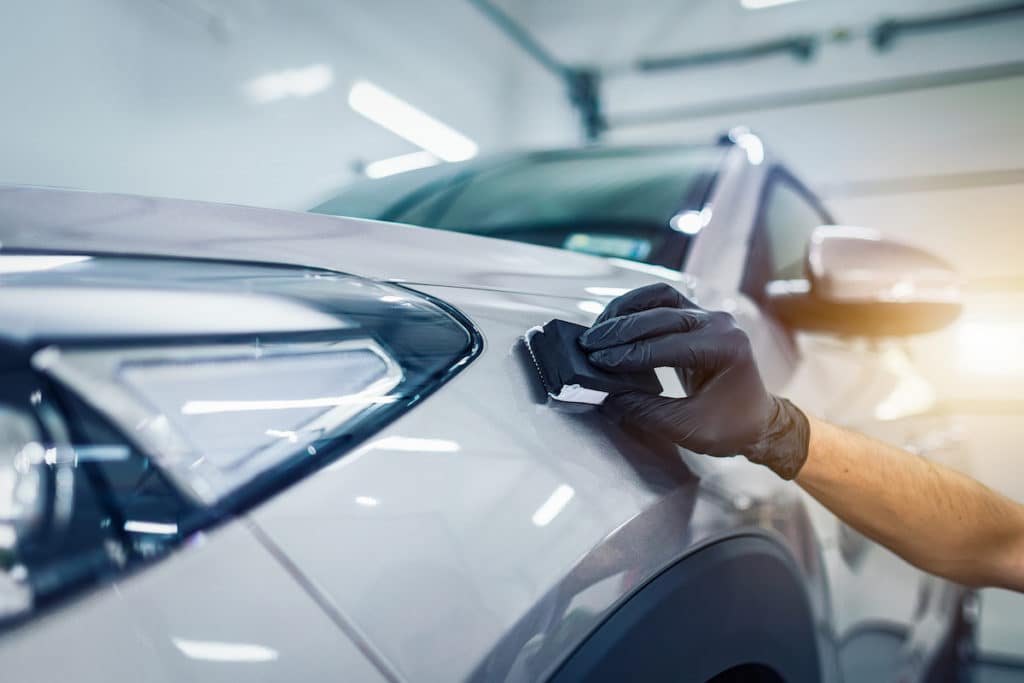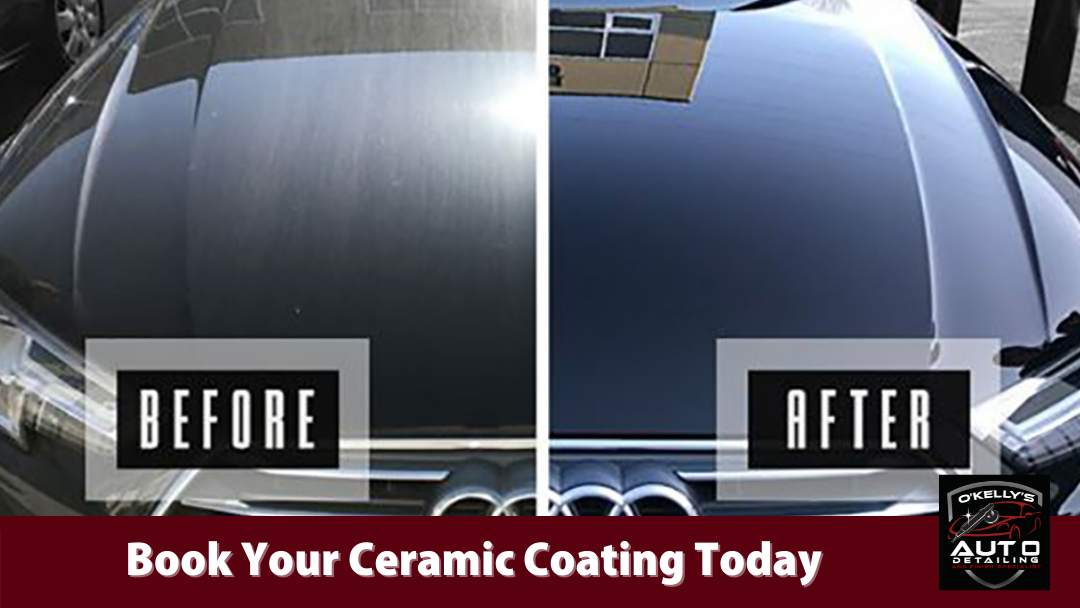How Ceramic Coating Philadelphia Guards Versus UV Rays and Environmental Damage
How Ceramic Coating Philadelphia Guards Versus UV Rays and Environmental Damage
Blog Article
Why Ceramic Covering Is the Ultimate Service for a Perfect End Up
Ceramic coating has emerged as a leading option for those looking for a perfect surface for their automobiles, many thanks to its exceptional durability and safety features. What variables truly set ceramic covering apart?
What Is Ceramic Layer?

When used correctly, ceramic coating creates a hydrophobic surface that pushes back water and dust, making it simpler to preserve and cleanse. Unlike conventional waxes or sealants, which usually offer short-lived defense, ceramic finishings can last for numerous years, depending upon the product high quality and application approach. The process of using ceramic finishing requires careful prep work, including complete cleaning and in some cases paint modification, to ensure optimum bonding and efficiency.
Ceramic finishings are not limited to auto surface areas; they can likewise be used on different products, including glass, steel, and plastics, giving a versatile option for enhancing defense. On the whole, ceramic covering stands for a substantial improvement in surface area protection innovation, combining both functional and aesthetic benefits for a variety of applications.
Advantages of Ceramic Covering
While many surface protection choices exist, the benefits of ceramic finishing stand out due to its special properties and durable efficiency. One of the primary benefits is its outstanding longevity. Ceramic Coating Philadelphia. Unlike standard wax or sealants that require regular reapplication, ceramic layers supply a resistant layer that can last for several years, significantly reducing maintenance initiatives
Another significant advantage is enhanced security against ecological contaminants. Ceramic layers develop a hydrophobic surface that pushes back water, dirt, and numerous toxins, making it simpler to clean. This feature not just maintains the lorry's look but additionally minimizes the threat of rust and oxidation, particularly in rough climate condition.
In addition, ceramic finishings use premium resistance to UV rays, preventing fading and degradation of paint in time. This UV protection is crucial for preserving the visual worth of surface areas and vehicles exposed to route sunshine.
Additionally, the shiny coating achieved with ceramic coating enhances the total visual charm, offering surfaces a showroom-quality shine. Overall, ceramic coatings represent a considerable innovation in surface area defense innovation, providing long-lasting benefits that provide to both aesthetic and functional needs.
How It Works
Recognizing the science behind ceramic layers reveals exactly how they supply such impressive security and durability. At its core, a ceramic layer is a fluid polymer that chemically bonds with the lorry's factory paint. This bonding produces a protective layer that is both oleophobic and hydrophobic, repelling water, dust, and oil. The primary element of many ceramic finishings is silicon dioxide (SiO2), which is stemmed from quartz. This compound adds to the finish's hardness and resistance to scrapes, UV rays, and environmental pollutants.
The application process includes multiple steps, including surface preparation, which is essential to accomplishing optimal adhesion. As soon as used, the finish undergoes a healing procedure, during which it hardens and creates a semi-permanent bond with the paint surface. This bond is what distinguishes ceramic finishes from typical waxes and sealers, supplying a longer-lasting safety obstacle that can withstand for several years.
Moreover, the density of the coating can boost its safety top qualities, making certain that it can endure rough conditions. Inevitably, the science of ceramic finishes integrates advanced products with cutting-edge application methods to supply an unparalleled degree of protection and visual enhancement for cars.
Comparison With Standard Techniques
The benefits of ceramic finishings come to be particularly obvious when compared to typical paint security techniques such as sealers and waxes. While waxes provide a momentary luster, commonly lasting a few weeks to a couple of months, ceramic finishes provide a durable protective layer that can endure for several years. This durability substantially lowers the frequency of reapplication, making ceramic coatings a more cost-effective service with time.
Additionally, traditional techniques usually need comprehensive prep work and multiple applications to achieve an adequate degree of defense. In contrast, ceramic finishings bond at a molecular level with the car's surface area, producing a durable shield against environmental pollutants like UV rays, acid rainfall, and roadway salts. This bond enhances the lorry's resistance to scratches and swirl marks, which are widespread with conventional waxes and sealers.
Moreover, the hydrophobic properties of ceramic finishings fend off water and dust, causing much easier cleansing and upkeep. On the other hand, wax and sealant-treated surface areas can draw in grime, requiring even more my company constant washing - Ceramic Coating Philadelphia. On the whole, ceramic coatings not just give remarkable security but likewise provide a much more aesthetically enticing and enduring surface, developing them as the recommended option for critical automobile proprietors
Application and Maintenance Tips

Using a foam applicator, apply the layer in little sections, complying with the supplier's guidelines relating to density and overlap. Enable adequate treating time between layers, typically 1 day, browse around these guys to make sure appropriate bonding. After application, it is important to avoid exposure to water or severe components for a minimum of a week to enable the covering to completely treat.
In addition, utilizing a ceramic upkeep spray can boost the coating's hydrophobic residential properties and long life. Regular assessments for any type of indications of wear will certainly assist maintain the layer's integrity and preserve that pristine surface.
Conclusion
In final thought, ceramic finishing emerges as a superior alternative for achieving a flawless auto surface. By developing a robust bond with factory paint, ceramic covering effectively shields against scrapes, UV rays, and ecological contaminants.

Report this page